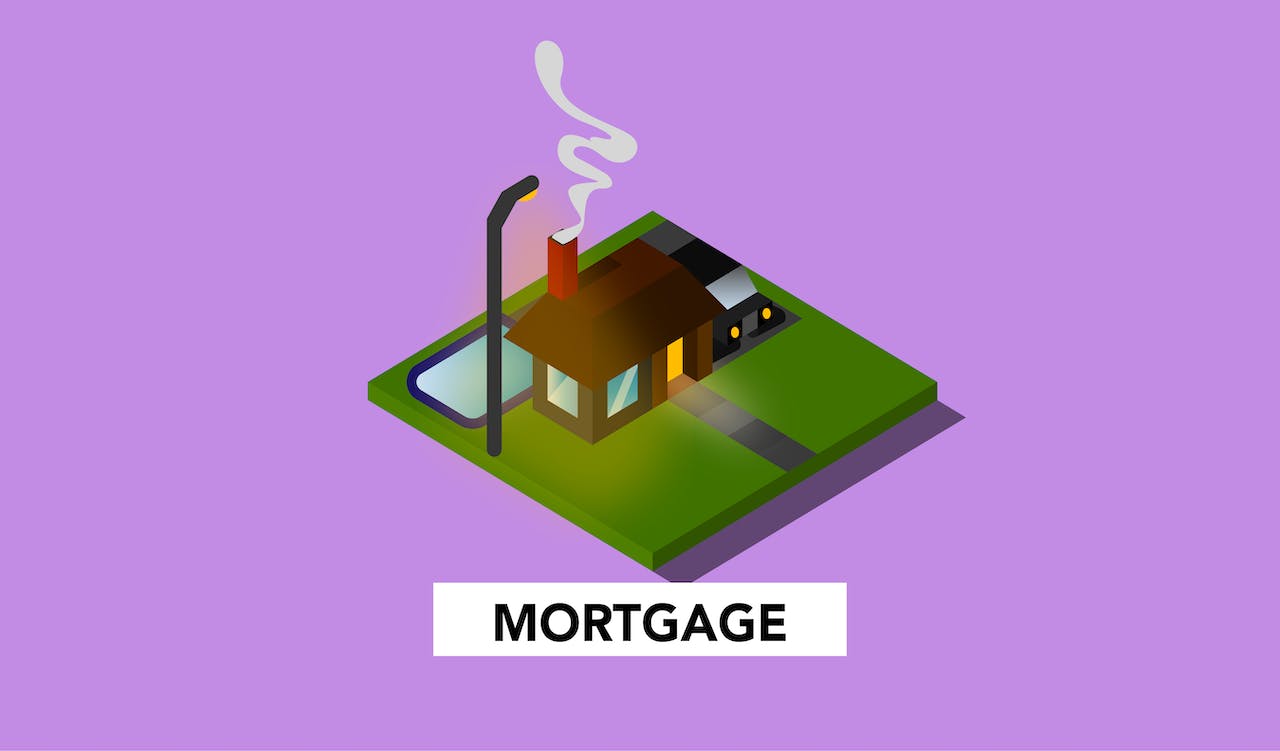In a promising turn of events, mortgage rates saw a decline for the fourth consecutive week, signaling a potential end to their recent peak and encouraging some homebuyers to cautiously reenter the market.
According to Freddie Mac’s report on Wednesday, the average rate on a 30-year fixed mortgage decreased to 7.29% from the previous week’s 7.44%. This marks a notable half-point decline in mortgage rates since the end of October when rates reached 7.79%.
The recent decline in mortgage rates has enticed buyers, including those at the entry level who had previously been priced out of the market. However, despite this positive development, home prices and rates remain elevated, primarily due to the ongoing inventory shortage, which continues to impact affordability.
Realtor.com Chief Economist Danielle Hale commented on the situation, stating, “The Freddie Mac fixed rate for a 30-year mortgage eased further this week, as mixed data continue to keep investors guessing.” She added, “In a few short weeks, mortgage rates have largely erased the sharp climb traversed in October. Nevertheless, the cost of borrowing remains high. Except for the most recent seven weeks, today’s rate is the highest since 2000.”
The Mortgage Bankers Association (MBA) reported a 4% increase in the volume of mortgage applications for home purchases on a seasonally adjusted basis for the week ending November 17. Furthermore, the share of home loans backed by the Federal Housing Administration (FHA) – a popular choice for first-time buyers – rose to 14.8% of all loan applications, up from 14.4% the previous week. The average loan size for a purchase application also decreased to $403,600, the lowest since January 2023.
Joel Kan, MBA’s Deputy Chief Economist, noted, “This is consistent with other sources of home sales data showing a gradually increasing first-time homebuyer share.”
In response to the constrained market, many first-time buyers are turning to new construction. The number of new residential construction units increased by 1.9% monthly to 1.372 million in October on a seasonally adjusted basis, surpassing expectations. However, the demand still far exceeds supply, with mortgage application volumes currently 20% lower than the same week a year ago, according to the MBA.
The affordability crisis in the housing market has disproportionately affected moderate-income households. A report from the National Association of Realtors (NAR) reveals that only higher-income households, with a median salary of $107,000 (up from $88,000 the previous year), have been able to access homeownership opportunities.
Brandi Snowden, Director of Consumer Survey Research at NAR, highlighted this trend, stating, “Among our first-time homebuyers, we saw that their household income rose nearly $25,000 just from the previous year. They might be needing to add that extra income just to be able to get into the homeownership market.”
While the Federal Reserve has maintained its benchmark interest rate between 5.25% to 5.5% in September and October due to moderated inflation, Fed Chair Jerome Powell has hinted at the possibility of more rate hikes if necessary to bring inflation down to the central bank’s 2% target.
The prospect of higher rates poses a challenge to the housing market, as a significant number of homeowners are reluctant to sell their homes, fearing the loss of their current low mortgage rates. Redfin’s previous report revealed that just over 4 in 5 homeowners with mortgages have an interest rate below 5%, and approximately one-quarter have a rate below 3%.
However, amidst these uncertainties, some experts remain optimistic. Lawrence Yun, NAR’s Chief Economist, expressed his belief during the 2023 NAR NXT conference, stating, “I believe we’ve already reached the peak in terms of interest rates. The question is when are rates going to come down [more]?” Despite the challenges, Yun’s perspective provides a glimmer of hope for a potential stabilization in the mortgage market.
Source: Yahoo Finance



